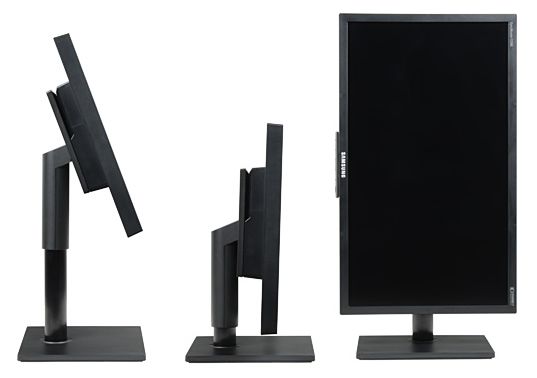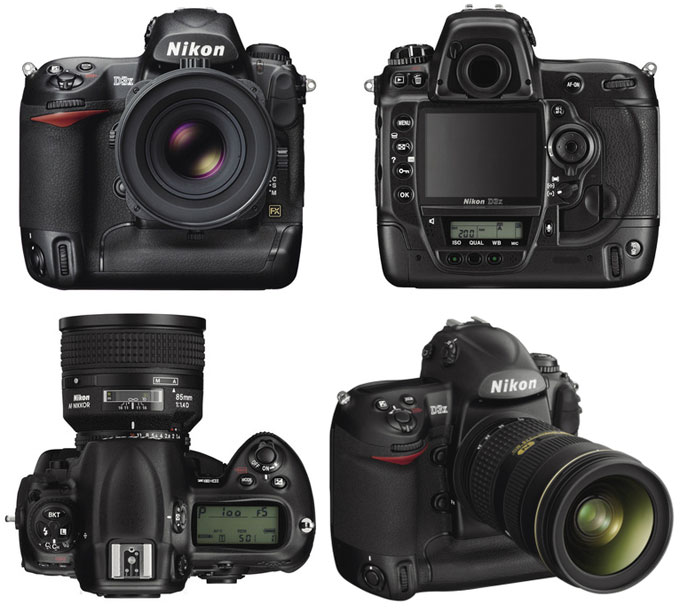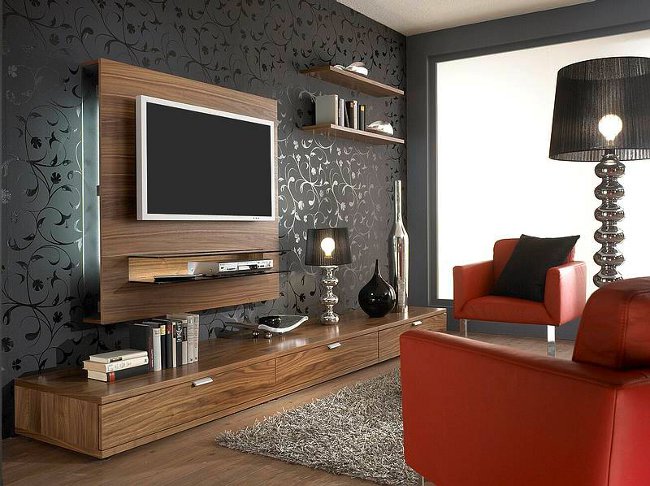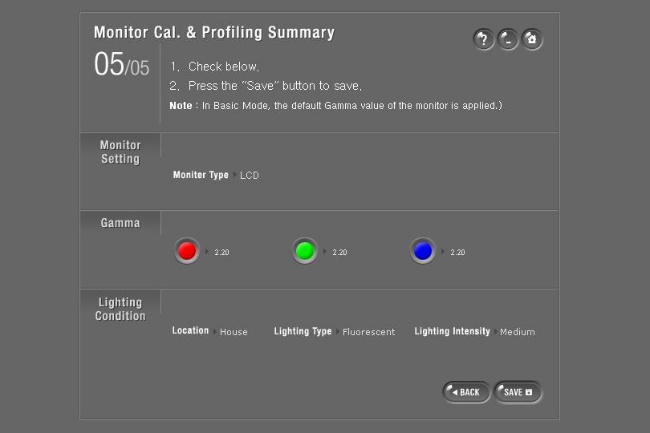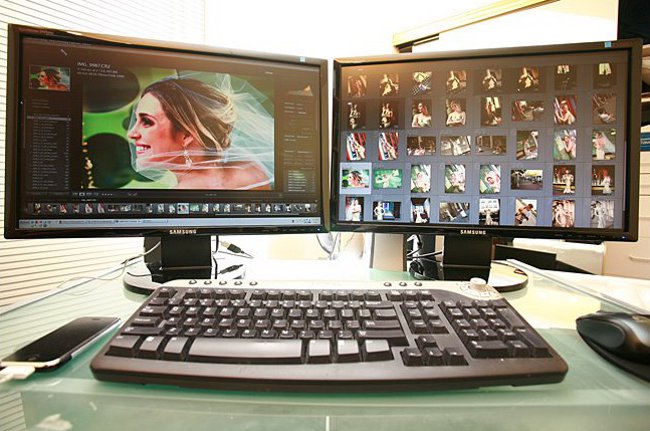How to eliminate the broken pixels on the LCD monitor?
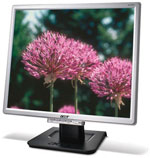
You probably already know that the image on theThe monitor screen is built from color dots - pixels. The smaller these points and the more they are per unit of screen area - the higher the image quality. However, even a good monitor is not insured against one small but very difficult problem - "Broken" pixels. What is the "broken" pixels and can we get rid of them?
In liquid crystal, as well as in electron beam monitors, each pixel is formed by three subpixels strictly defined color: black, red and green. To get a pixel of the required color, the position of the individual subpixels changes, as well as the direction of the light beam and its power.
A "broken" pixel on a liquid crystal monitor appears, if the thin-film transistor is faulty, under whose management he is. In this case, the "broken" pixel looks like a black inactive point, which does not respond to the change of images. Such a "dead" pixel can not be fixed at home, because you need a replacement for a faulty transistor.
But there is another kind of "broken" pixels - this bright points that are clearly visible on a dark background. Such pixels are obtained if one of thesubpixels as it were "stuck" in a certain position. Then against the background of the color in which the pixel is "stuck", it is absolutely invisible. Therefore, to identify a similar problem at first sight is quite difficult.
To find the "broken" pixels, it is necessary to carry out a certain test. There are special utilities (for example, Nokia Monitor Test), which testmonitor for the presence of such pixels. The essence of the action of these utilities is that the user is offered monochrome pictures of different colors. Switching colors, the user visually assesses whether there are "broken" pixels on the screen.
When choosing and buying a monitor Similar utilities can be written to disk orflash-drive and conduct a test right in the store. After all, the manufacturer allows for the presence of several broken pixels on its products. The maximum number, as well as the types of "broken" pixels are set by the standard ISO-13406. So, pixels of the first type are white on a black background, the second type is black on a white background, the third type is colored pixels (red, green, blue).
In accordance with this standard, monitors can be divided into four classes. The first class generally does not allow the presence of brokenpixels. The second - resolves 2 defects of 1 and 2 types, as well as 5 defects of the third type. The third class displays can have up to 5 defects of the first type, up to 15 - the second type and up to 50 - the third type. Finally, the fourth class of monitors permits 50, 150 and 500 defects of the first, second and third types, respectively.
"Stuck" pixels, unlike the "dead" you can try to restore it programmatically or by mechanical manipulation.
The essence of the mechanical method is the physical effect on the"Stuck" pixel, so that it "becomes" in place. To do this, gently massage the defective area of the display with a suitable object, preferably with a cotton swab. Fingers or any sharp objects to do "massage" can not be - this can damage the anti-reflective coating of the display.
Before starting this procedure, you need to turn off the monitor. After a few minutes of "massage" you need to turn it on and look at the result. Repeat the procedure several times.
Another option "massage treatment" - Use the stylus from the PDA. In this case, the screen should be covered with a clean paper towel or a rag. The stylus should be placed as accurately as possible on the defective pixel and, without removing it, turn off the monitor. Next, lightly press on the "broken" pixel and turn on the monitor again. Press down to stop pressing. If the first time did not work, you can repeat this cycle again, changing the force of pressing and positioning accuracy of the stylus.
Such methods do not give a 100% guarantee, besides, there is a risk that the pressure will betoo strong and will be damaged adjacent to the "stuck" pixels. Therefore, before you go to "extreme measures", you can try to fix the situation programmatically.
A little trick. If you disconnect the monitor from all cables andwires that connect it to the computer and the network, and wait a few days, then all capacitors of the monitor should be completely discharged. After this, when you turn on the "jammed" pixel, it will probably start to function properly again.
For software elimination of "broken" pixels there are different utilities. One of them is jscreenfix, which is availableusers in online mode directly from the developer's site. After starting, it is necessary to point the window of the program to the defective area of the screen and leave the program to work for at least 20 minutes. If after 20 minutes the "broken" pixel has not been deleted, then you can try to run the program for 5-10 hours.
The program performs a high-speed color change of individual pixels, which allows you to align the jammed pixel.
Thus, some kinds of "broken" pixelsnevertheless give in to "treatment". However, in order not to bite your elbows afterwards, you should take a closer look at the choice of monitor when buying and always require the seller to test for "broken" pixels.

